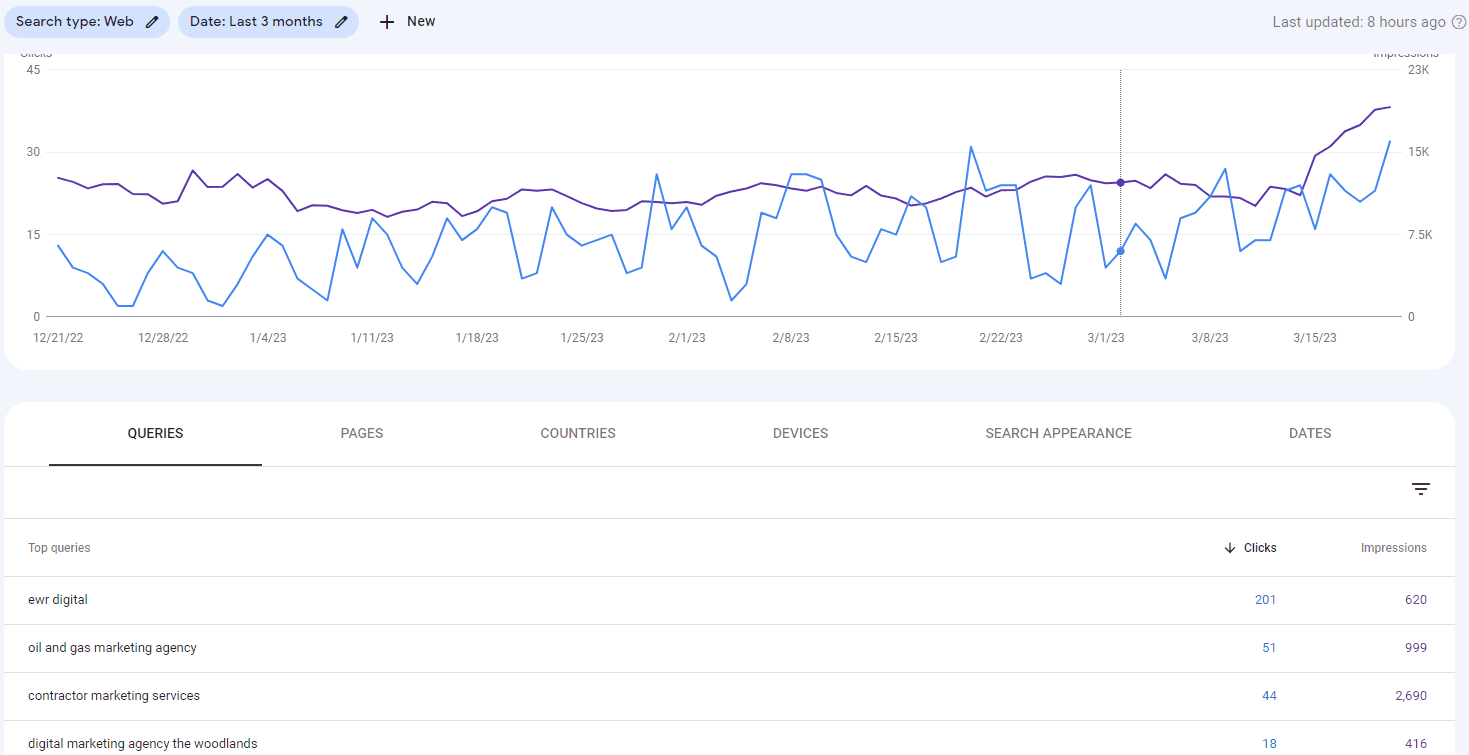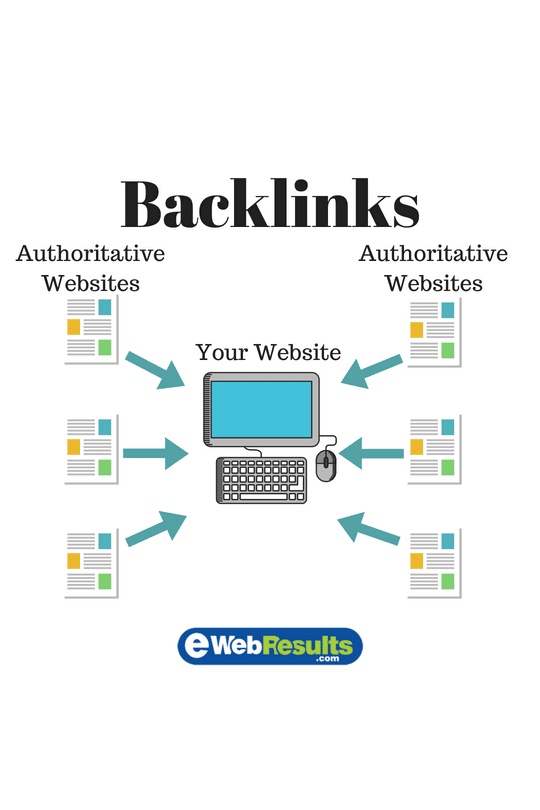Building Trust: Understanding Trust Flow and Boosting Your Website’s Trust Score
In the vast realm of today’s internet, where countless websites vie for attention, trust has become a currency of its own (*Also, check out my blog on the new intimacy ecomony) Search engines, particularly Google, increasingly prioritize trustworthiness in their ranking algorithms. One crucial metric that reflects this emphasis is Trust Flow. In this blog, we will unravel the concept of Trust Flow, its significance, and provide actionable strategies to enhance your website’s Trust Score.
What is Trust Flow?
Trust Flow is a metric developed by Majestic SEO that measures the quality and trustworthiness of a website based on the quality of its backlinks. It quantifies the credibility of a website by analyzing the links pointing to it. The underlying principle is that trustworthy websites tend to have high-quality inbound links, while spammy or low-quality sites often have links from questionable sources.
Why Does Trust Flow Matter?
Search engines consider Trust Flow as a key factor in determining a website’s authority. Websites with higher Trust Flow scores are perceived as more reliable, leading to better search engine rankings. Additionally, users are more likely to trust and engage with websites that have a higher level of trustworthiness.
How to Increase Your Trust Flow Score:
1. Quality Link Building:
Focus on acquiring high-quality backlinks from reputable and authoritative websites within your niche. Quality always trumps quantity when it comes to building trust.
Quality link building is a crucial aspect of search engine optimization (SEO) that focuses on acquiring high-quality backlinks to improve a website’s authority, visibility, and ranking in search engine results pages (SERPs). Here’s an overview of what quality link building entails:
Understanding Backlinks
Backlinks, also known as inbound links, are links from one website to another. Search engines like Google use backlinks as a ranking signal because when one website links to another, it implies that the linked content is valuable and trustworthy.
Quality Over Quantity
In link building, the quality of backlinks is more important than the quantity. High-quality backlinks typically come from authoritative, relevant, and trustworthy websites.
Key Components of Quality Link Building
A. Relevance
- Topical Relevance: Links should come from websites or pages that are related to your industry or niche. For example, a backlink from a tech blog is more valuable for a tech company than a link from a cooking blog.
B. Authority
- Domain Authority: Backlinks from websites with high domain authority (DA) are more beneficial. Domain authority is a metric developed by Moz that predicts how well a website will rank on SERPs.
- Page Authority: The authority of the specific page linking to you also matters.
C. Diversity
- Link Diversity: Having a diverse backlink profile with links from different domains, types of websites, and various types of content (articles, forums, directories, etc.) is crucial.
D. Anchor Text
- Relevant Anchor Text: The clickable text in a hyperlink should be relevant and descriptive. Over-optimization or using exact match anchor texts excessively can be harmful.
E. Editorial Links
- Natural and Editorial Links: These are links that are given naturally by other websites without any exchange or incentive. They are considered the most valuable type of backlinks.
Strategies for Quality Link Building
A. Content Creation and Promotion
- High-Quality Content: Creating valuable, informative, and engaging content that others naturally want to link to.
- Guest Blogging: Writing articles for other websites in your industry with a link back to your site.
B. Outreach
- Manual Outreach: Reaching out to website owners, bloggers, and influencers in your industry to request backlinks.
- Building Relationships: Developing relationships with influencers and thought leaders who might link to your content.
C. Resource Link Building
- Creating Linkable Assets: Developing resources such as infographics, whitepapers, or tools that are useful and link-worthy.
- Resource Pages: Getting your content listed on resource pages relevant to your industry.
D. Broken Link Building
- Identifying Broken Links: Finding broken links on other websites and suggesting your content as a replacement.
- Helping Webmasters: Providing value to webmasters by helping them fix broken links.
E. Skyscraper Technique
- Content Improvement: Finding high-ranking content in your niche, creating a better version of it, and then reaching out to sites that link to the original content.
5. Avoiding Black Hat Techniques
- Link Schemes: Avoid buying links, link exchanges, and other manipulative practices that violate search engine guidelines.
- Spammy Links: Avoid acquiring links from low-quality, irrelevant, or spammy websites.
6. Measuring Success
- Monitoring Backlinks: Using tools like Google Search Console, Ahrefs, Moz, or SEMrush to monitor your backlink profile.
- Tracking Performance: Measuring the impact of backlinks on your website’s traffic, ranking, and overall SEO performance.
Quality link building is a time-consuming process that requires a strategic approach and a focus on building genuine, valuable relationships within your industry. It’s essential to stay updated with SEO best practices and search engine guidelines to ensure long-term success.
2. Diversify Your Link Profile:
Having a diverse range of backlinks from various sources helps in building a robust and trustworthy link profile. Aim for a mix of industry-related sites, educational institutions, and well-established online platforms. Look at what your competitor’s links and go after similar high value links or get the same ones to “cancel out” what they are doing.

3. Remove Toxic Backlinks:
Regularly audit your backlink profile to identify and remove any toxic or spammy links. Tools like Google’s Disavow Links tool can be useful in this process.
4. Create High-Quality Content:
Producing valuable, informative, and relevant content not only attracts organic links but also enhances your website’s overall credibility.
Creating high-quality content is essential for engaging your audience, building trust, and improving your search engine rankings. Here are some key principles and strategies for creating content that stands out:
Understand Your Audience
- Research: Conduct thorough research to understand your target audience’s needs, preferences, and pain points. Use tools like surveys, social media insights, and analytics to gather data.
- Personas: Develop detailed buyer personas to guide your content creation. These personas should represent the different segments of your audience.
Create Valuable and Relevant Content
- Solve Problems: Focus on creating content that addresses your audience’s problems and provides solutions. Value-driven content is more likely to engage readers and encourage sharing.
- Relevance: Ensure your content is relevant to your audience’s interests and aligns with current trends in your industry.
3. Focus on Quality
- Accuracy: Ensure your content is accurate and well-researched. Cite reliable sources and include data to back up your claims.
- Depth: Provide in-depth analysis and comprehensive coverage of your topics. Shallow content is less likely to engage readers or perform well in search rankings.
- Clarity: Write clearly and concisely. Avoid jargon and complex language that might confuse readers.
Engaging and Original Content
- Unique Perspective: Offer unique insights or a fresh perspective on common topics. Original content is more likely to attract attention and stand out from the competition.
- Storytelling: Use storytelling techniques to make your content more engaging and relatable. Narratives can help illustrate points and make complex information more digestible.
Optimize for Search Engines
- Keyword Research: Conduct keyword research to identify terms your audience is searching for. Use these keywords naturally within your content.
- SEO Best Practices: Optimize your content for SEO by using appropriate headings, meta descriptions, and alt text for images. Ensure your content is well-structured and easy to navigate.
Visual and Interactive Elements
- Images and Graphics: Use high-quality images, infographics, and other visual elements to break up text and make your content more visually appealing.
- Videos and Interactive Content: Incorporate videos, quizzes, and interactive elements to engage your audience and enhance their experience.
Consistency and Frequency
- Regular Updates: Update your content regularly to keep it current and relevant. Consistent posting can help build a loyal audience.
- Content Calendar: Develop a content calendar to plan and organize your content creation efforts. This helps ensure a steady flow of content.
Encourage Engagement and Feedback
- Call to Action: Include clear calls to action (CTAs) to encourage readers to engage with your content, whether it’s leaving a comment, sharing on social media, or subscribing to a newsletter.
- Interact with Your Audience: Respond to comments and engage with your audience on social media. This helps build a community around your content.
Measure and Analyze Performance
- Analytics: Use tools like Google Analytics to track the performance of your content. Monitor metrics such as traffic, engagement, and conversions to understand what works and what doesn’t.
- Adjust Strategies: Use the insights gained from your analysis to adjust your content strategies. Continuously improve based on feedback and performance data.
Diverse Viewpoints and Critical Thinking
While these principles form a solid foundation for creating high-quality content, it’s important to remain critical and open to diverse viewpoints:
- Challenge Assumptions: Regularly question and test your assumptions about what your audience wants. This can lead to unexpected insights and innovative content ideas.
- Stay Updated: The digital landscape is constantly changing. Stay updated with the latest trends and best practices in content creation and SEO.
- Ethical Considerations: Be mindful of ethical considerations, such as data privacy and intellectual property rights, when creating and sharing content.
By focusing on creating high-quality, valuable, and engaging content, you can build a strong connection with your audience and achieve your content marketing goals.

5. Social Signals:
Active and genuine engagement on social media platforms contributes to your website’s trustworthiness. Share your content, engage with your audience, and build a positive online presence.
6. Secure Your Website:
Ensure that your website is secure by using HTTPS. A secure website is considered more trustworthy by both users and search engines.
Conclusion:
Understanding and improving your website’s Trust Flow is essential for long-term success in the digital landscape. By focusing on quality link building, content creation, and maintaining a diverse link profile, you can gradually enhance your Trust Flow score. Prioritize trust, and watch as your website climbs the ranks, gaining credibility and recognition in the eyes of both users and search engines.



